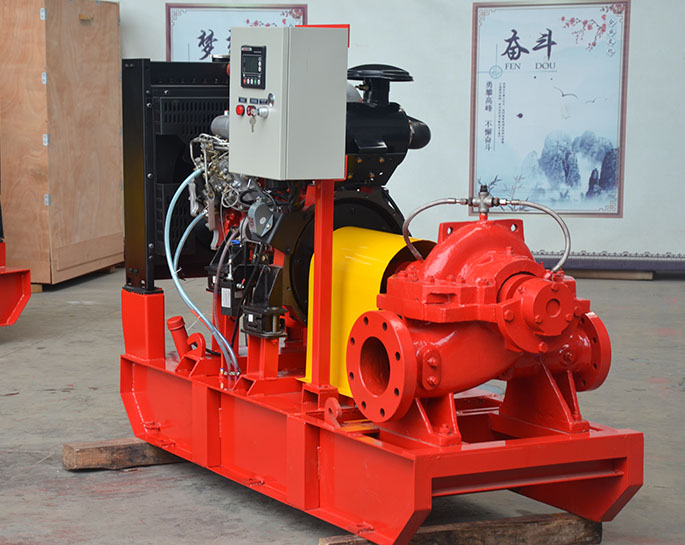How to adjust the fire pump
Adjusting a fire pump typically involves modifying its operating parameters to achieve the desired flow rate and pressure. Here are the general steps to adjust a fire pump:
-
Determine the Required Flow and Pressure: Understand the specific requirements of the fire protection system you are working with. This includes knowing the required flow rate and pressure as specified by the relevant codes, standards, or engineering design.
-
Familiarize Yourself with the Pump: Get acquainted with the fire pump's operating manual, including any specific instructions or guidelines provided by the manufacturer. Understand the pump's performance characteristics, such as its performance curve, maximum rated flow and pressure, and control mechanisms.
-
Adjust the Speed (if applicable): If the fire pump has variable speed control, adjust the speed to an appropriate level based on the system requirements. Increasing the speed generally increases both the flow rate and pressure output, while decreasing the speed reduces them.
-
Check and Adjust the Pump Suction: Ensure that the pump suction line is properly primed, free from air pockets, and that the suction valve is fully open. If necessary, adjust the suction valve to achieve the desired flow.
-
Adjust the Discharge Pressure: Use the pump's discharge pressure control device, such as a pressure relief valve or pressure regulating valve, to set the desired pressure. Follow the manufacturer's instructions for adjusting the pressure control device.
-
Monitor and Verify: Once you have made adjustments, closely monitor the pump's performance by checking the flow rate, pressure, and other relevant parameters using appropriate instruments or gauges. Verify that the pump is operating within its design limits and meeting the required specifications.
-
Fine-tune and Recheck: If necessary, make further adjustments to optimize the pump's performance and ensure it meets the system requirements. This may involve adjusting the speed, pressure control settings, or other relevant parameters.
-
Document the Adjustments: Keep a record of the adjustments made, including the initial and final settings of the pump's parameters. This documentation can be valuable for future reference, maintenance, and troubleshooting purposes.
Remember that fire pump adjustment should be performed by trained personnel familiar with the specific pump and its control mechanisms. It is crucial to follow the manufacturer's guidelines, relevant codes and standards, and consult with a fire protection professional or engineer if needed.


.png)
.png)

.png)


